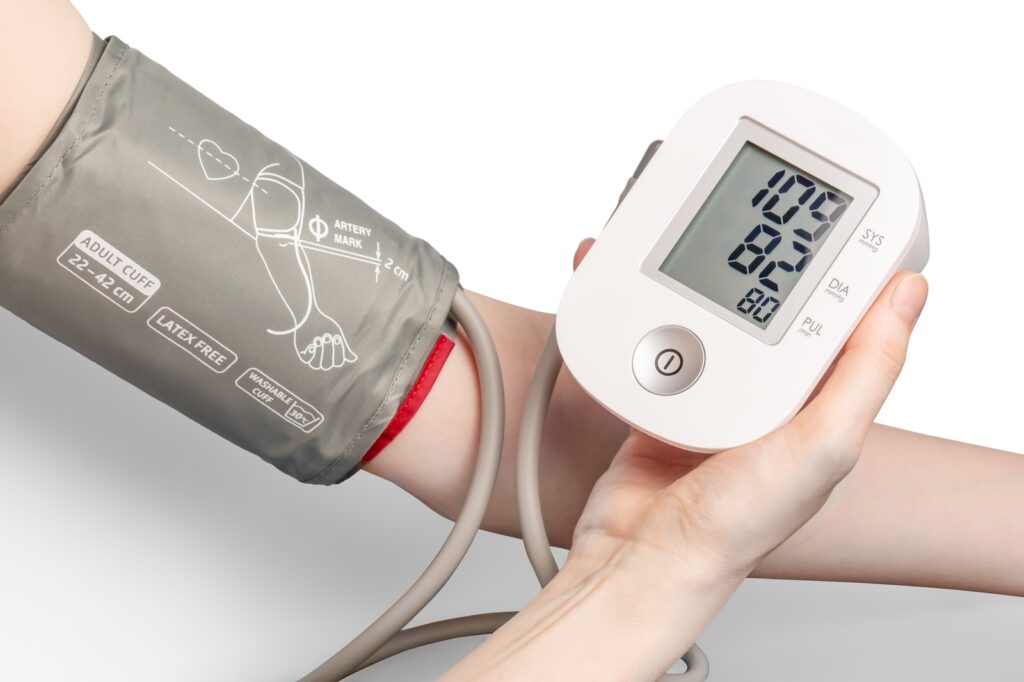
Wondering does Blood Pressure Increase While Standing? With each beat of our heart, it pumps out blood through the arteries and into various parts of the body. Blood pressure is how we measure the force of each pump of blood that goes through the arteries.
Both high and low blood pressure can be indicators of potential health problems. As such, taking blood pressure readings is important to have a clearer picture of our health and potential risk for other conditions or diseases.
Standing Up Vs. Sitting Down
Blood pressure is usually taken while the individual is in an upright sitting position. In some cases, such as a bedridden patient, blood pressure can also be taken while lying down.
People sometimes ask, “Does blood pressure increase while standing?” since blood pressure readings are typically taken while sitting or lying down.
Blood pressure generally falls slightly when we stand up, so lying or sitting down provides the most accurate readings reflective of one’s health. A significant drop in blood pressure when standing is referred to as orthostatic hypotension.
A study published in the journal Hypertension found such instances of the opposite happening, where standing up raised blood pressure levels. Researchers noted that individuals whose blood pressure went up or was higher while standing up were found to have a higher risk for both adverse cardiovascular and renal events.
Although the study has its limitations, the findings point toward there being value in measuring blood pressure while standing and comparing it with readings while sitting down to help identify the risk of major adverse cardiovascular events. This includes heart attack and stroke.
How To Read Blood Pressure
Blood pressure readings have two numbers. The top number represents the systolic blood pressure or the force exerted by the heart on the artery walls with each heartbeat. The bottom number is the diastolic blood pressure or the force exerted on the artery walls in between beats.
In general, a reading of 120/80 or lower is within the normal range. A reading of 120 to 129 systolic while maintaining a diastolic reading of below 80 falls under the category of elevated blood pressure.
Any higher systolic and diastolic reading than that is considered high blood pressure or hypertension. Blood pressure that is higher than 180/120 becomes a hypertensive crisis.
Symptoms of High and Low Blood Pressure
If you experience any symptoms of high or low blood pressure, it is best to have your blood pressure measured to help prevent worse health outcomes.
Symptoms of hypertension or high blood pressure include:
- Severe headaches
- Chest pain
- Difficulty breathing
- Dizziness or nausea
- Blurred vision
- Arrhythmia or abnormal heart rhythm
Symptoms of hypotension or low blood pressure include:
- Chest pains
- Difficulty breathing
- Dizziness or lightheadedness
- Fainting
- High fevers, around 101°F or 38.3°C
- Black or maroon stools
Seek Professional Medical Care
Simply measuring your blood pressure at home and resting may not be enough, especially if your blood pressure levels are extremely high or dangerously low. If you suspect you may be exhibiting signs of high or low blood pressure, it is always best to seek professional medical assistance. Visit your physician or the emergency room for immediate treatment if necessary.




